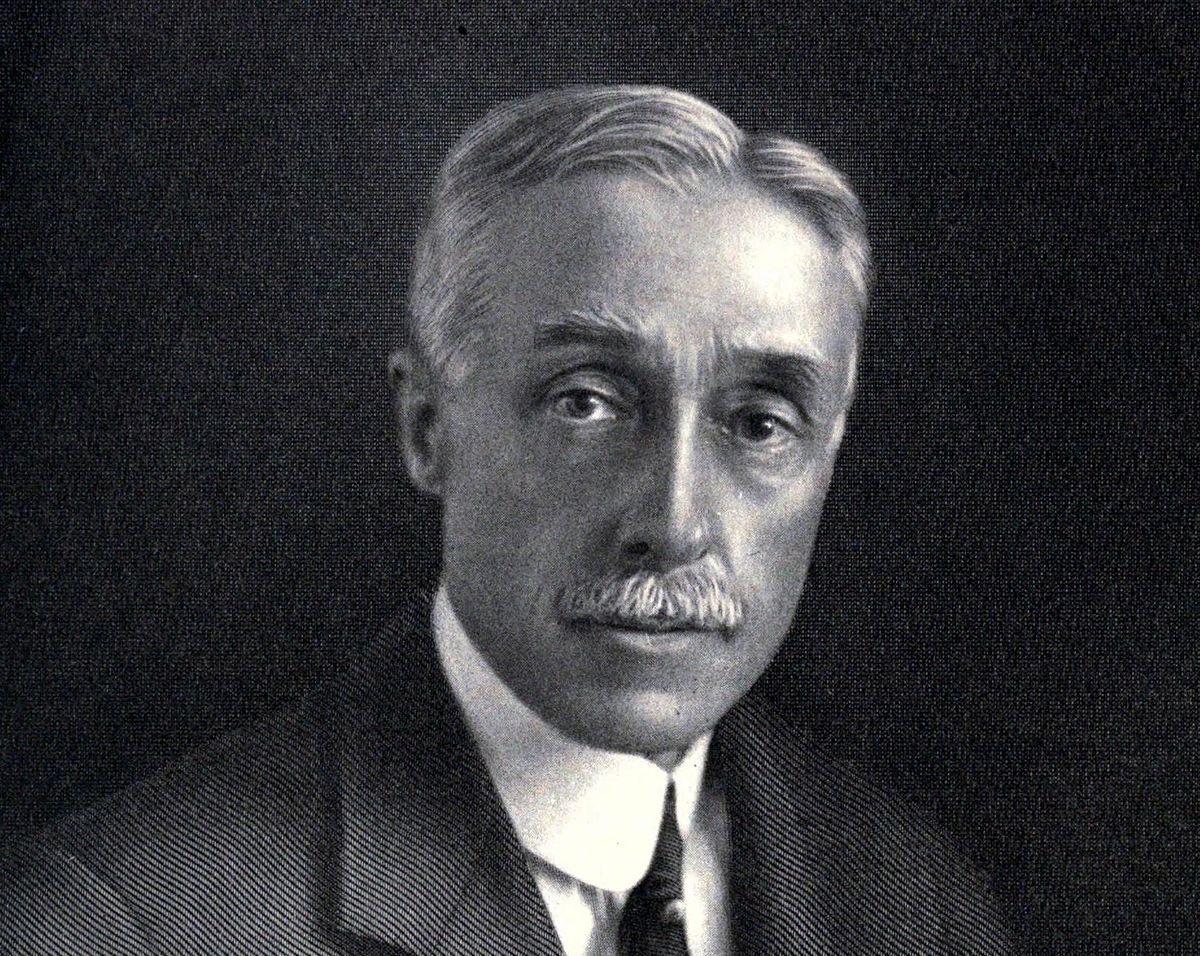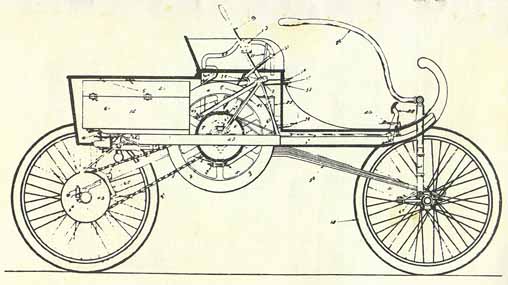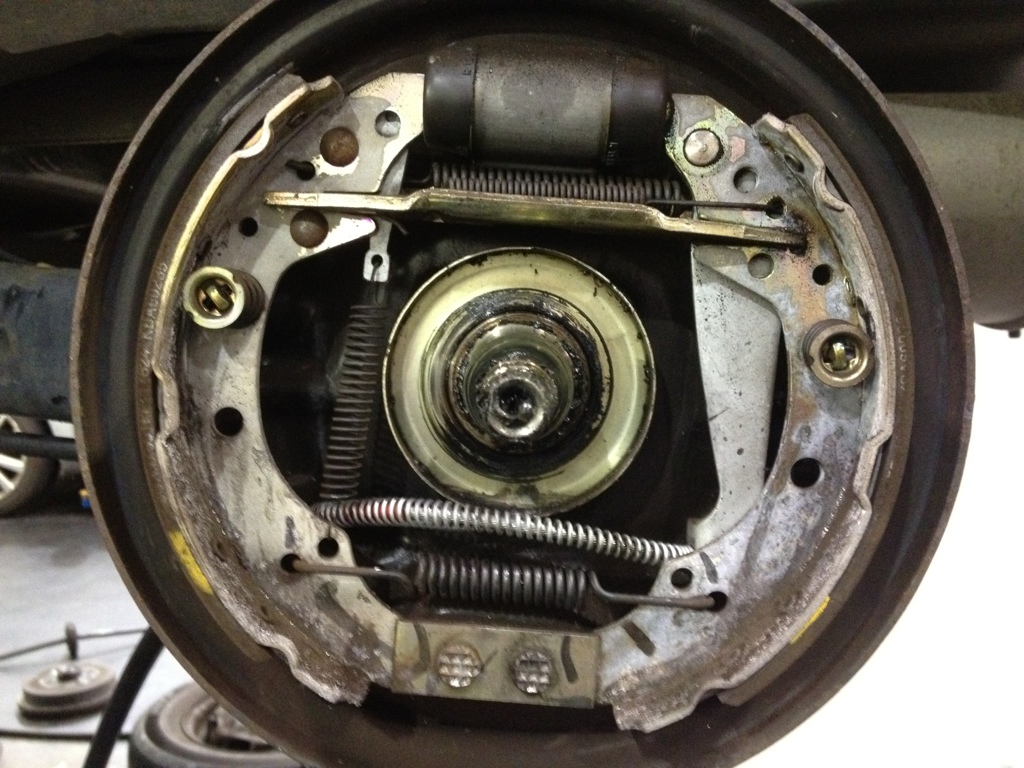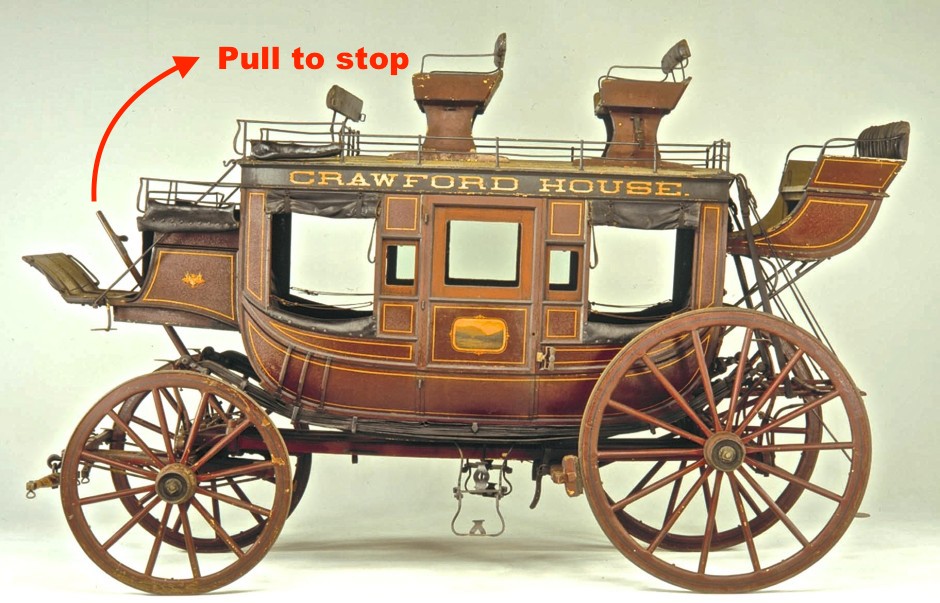Speaking of things we can’t do without, a car without brakes is a death trap. There is no Flintstone’s version of braking like there’s a backup version for turn signals. If one’s brakes go at any point during the modern driving experience, it could mean sudden death.
The problem for brakes in the early days of automobiles wasn’t a matter of necessary invention. We already had braking systems from horse carriages.
Our biggest problem was innovation. By the turn of the century, cars got pretty fast, technology sped up, and we had a new problem on our hands. We needed an effective way to stop those speedy cars.
The invention of the modern brake was the most boring but necessary addition to automobiles.
Spoon Brakes
Sure, horses used to be faster than cars. Put more than one horse on a carriage, and you had a speeding bullet, my friend. Saying “whoa,” won’t quite save the day if those horses get too excited.
To remedy this, carriages had a lever to the side of the operator, something called a spoon brake. It was technology as old as the Roman Empire. Even early locomotive trains used this technology.
One pulled back on the lever, which pressed a huge block of wood against the wheel or wheels. As long as the carriage wasn’t going faster than 20 mph, it worked pretty well.
The first horseless carriages simply borrowed this technology, which was fine until humans invented pneumatic rubber tires. Thanks, Michelin brothers.
Disc Brakes

Elmer A. Sperry | en.wikipedia.org
The first brakes that resembled what many cars have today were the early disc brakes.
In 1898, an engineer from Cleveland named Elmer Ambrose Sperry made an electric car with disc brakes. A caliper would pinch the wheel to slow the car. It was crude, but the idea was the same.
Another engineer, Frederick William Lanchester, took Sperry’s brake idea to the next level in 1902. His brakes provided an actual metal disc for the caliper to pinch. They were noisy but effective.
Later iterations would add asbestos to quiet the noise. Car disc brakes would include asbestos until the 1980s when we determined it was a carcinogen.
Drum Brakes

1902 Olds design | conklinsystems.com
Around the same time as the disc brake creation, several engineers were working on ideas to control these new fast rubber tire cars.
Gottlieb Daimler, of DaimlerChrysler fame, wrapped a cable around a drum attached to a car’s chassis in 1899. His design enjoyed some success but needed a lot of work to work more than once.
A man named Wilhelm Maybach created something similar with steel cables wrapped around drums on the rear wheels. His idea was to use a hand lever, which was not so good.
In 1902, Ransom E. Olds of Oldsmobile fame employed a drum braking system in a race held in New York. It was a race to stop the fastest.
On his design, a steel band wrapped around a drum on the back axle. The driver activated the brakes with a foot pedal (ta-da!). Olds design crushed the competition.
It didn’t take long for engineers to improve on these first brakes. Early models didn’t last long and broke frequently, but over time we’ve made them more reliable and longer-lasting.
Today’s cars can even tell us when brakes need attention. The luxury! Old man Olds is rolling in his grave right now.
Sources: secondchancegarage.com, dbrake.com


